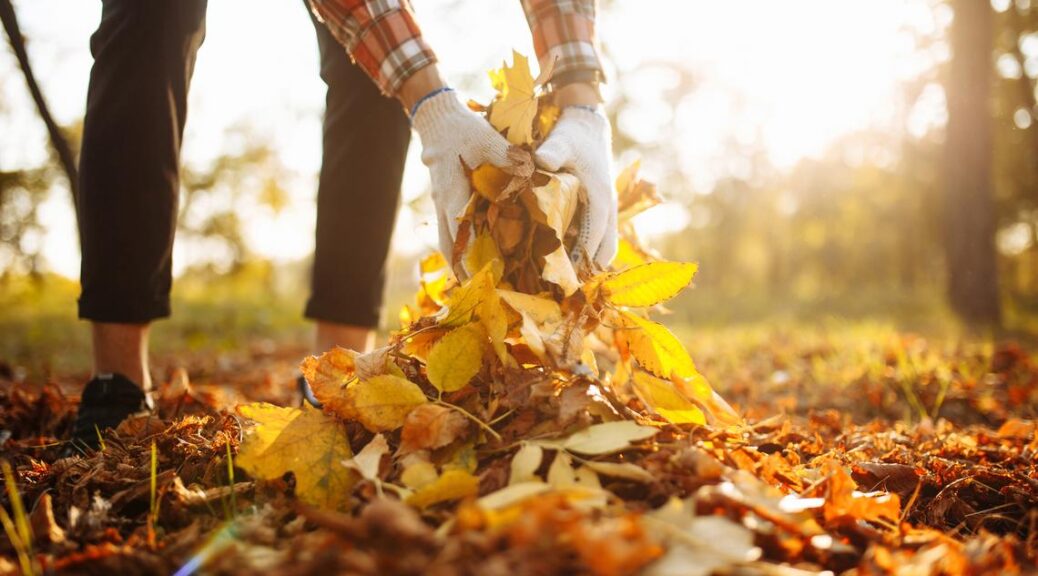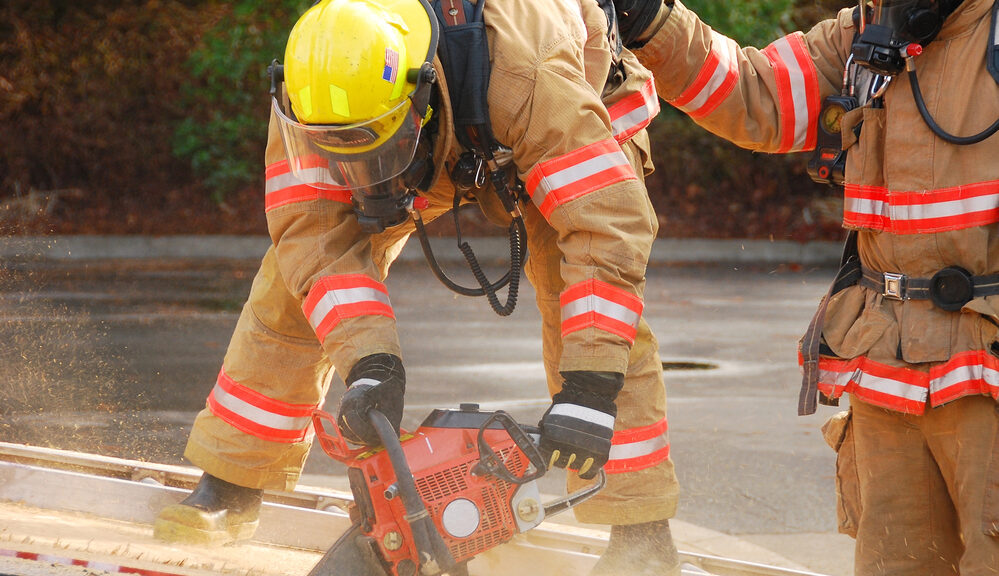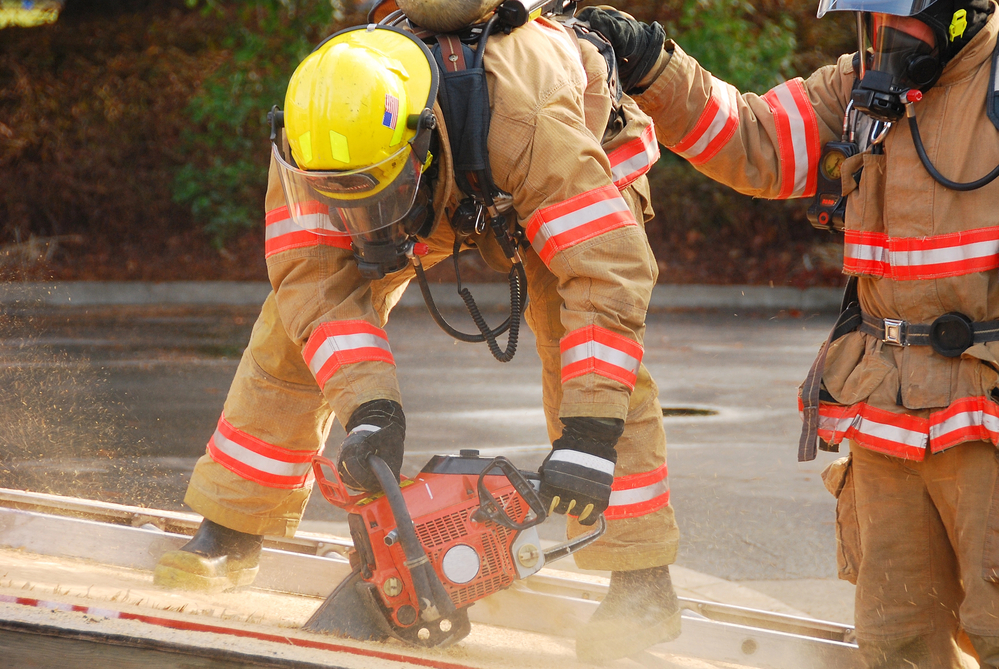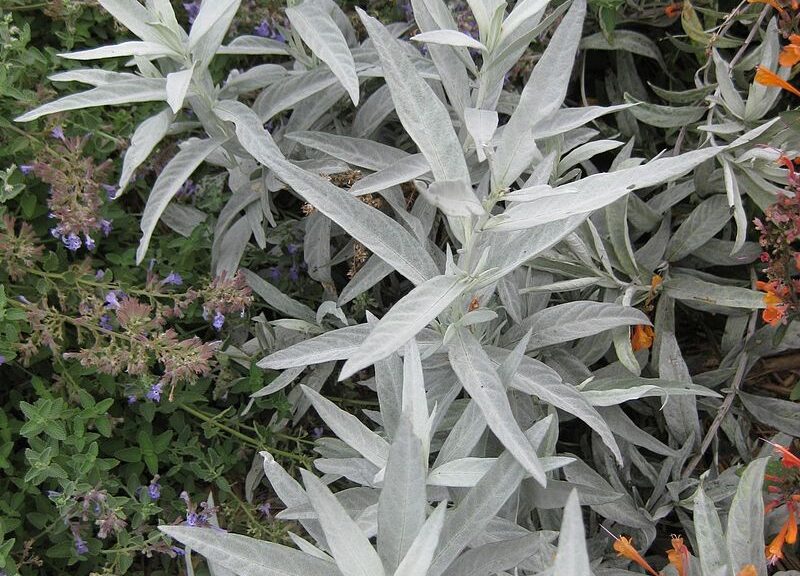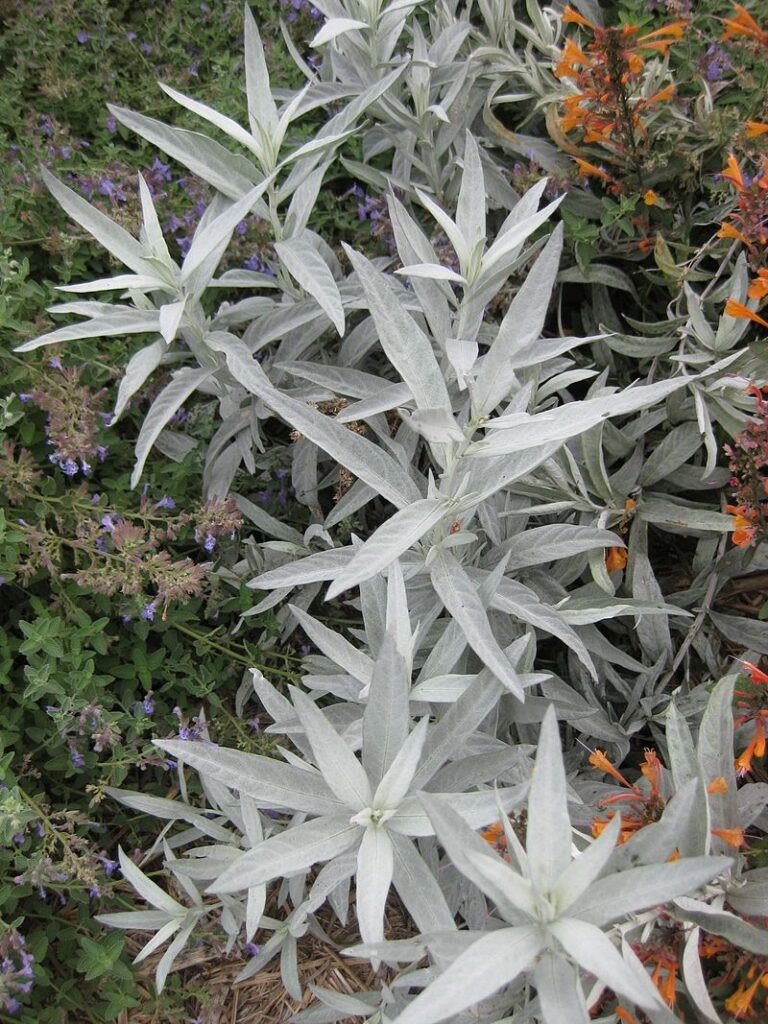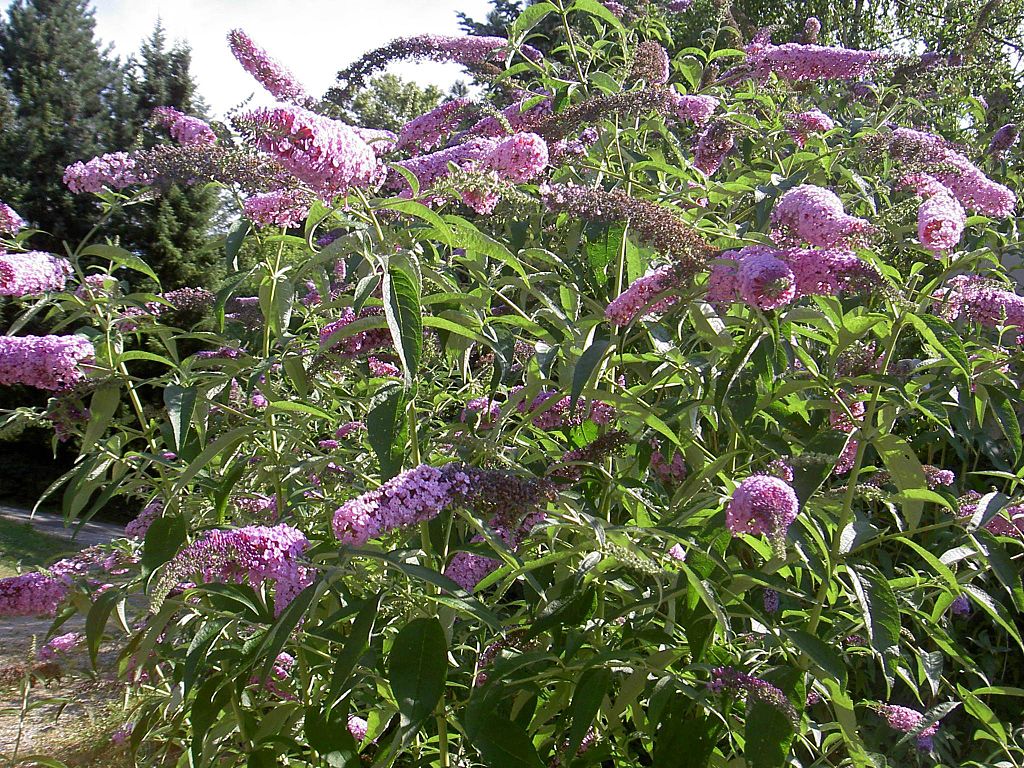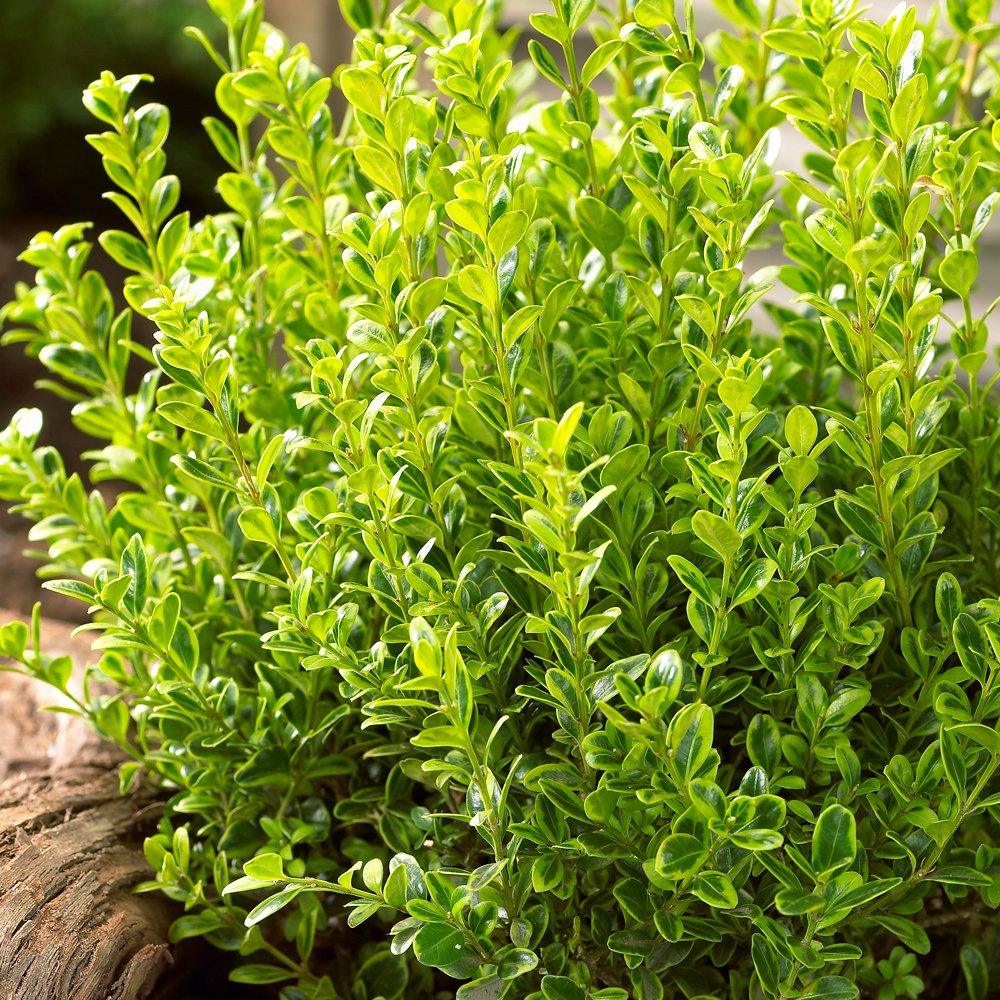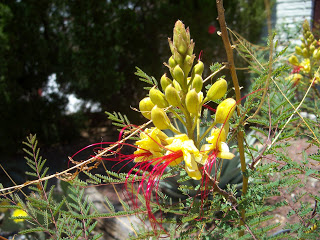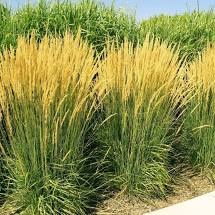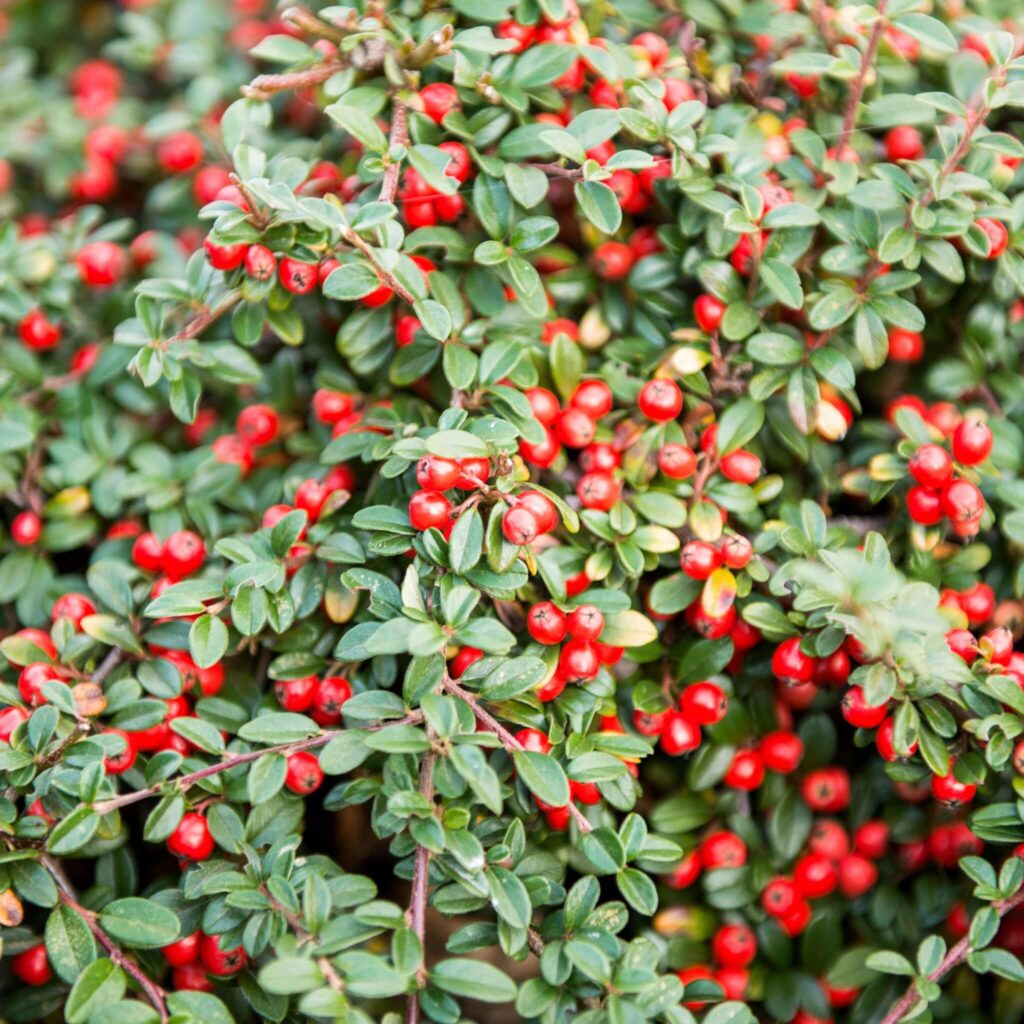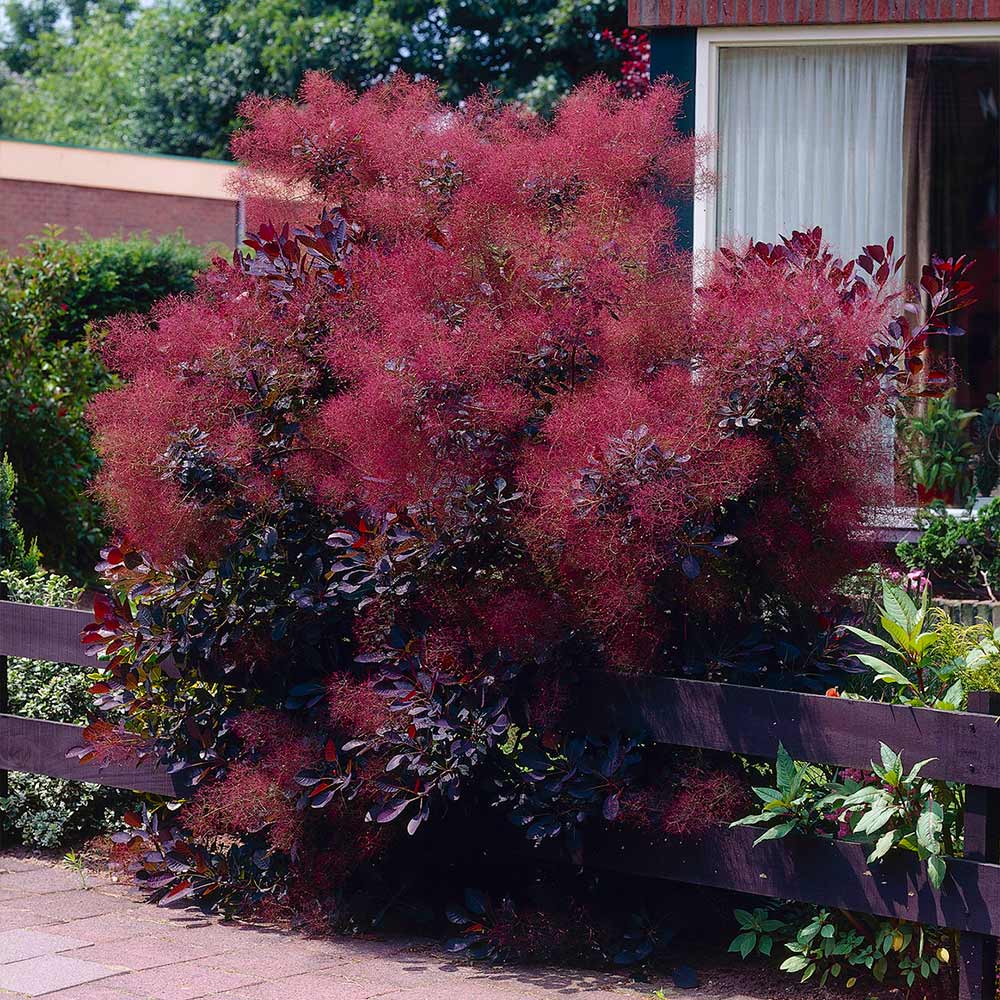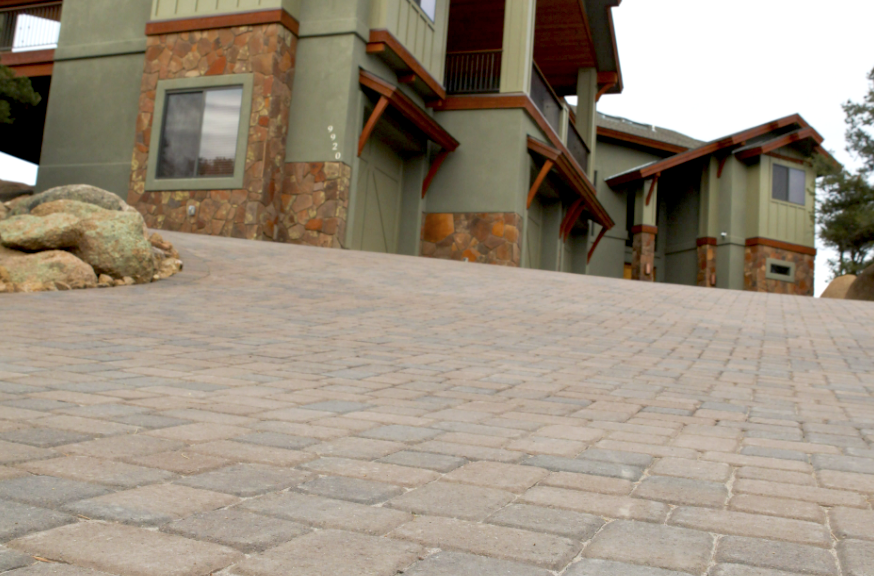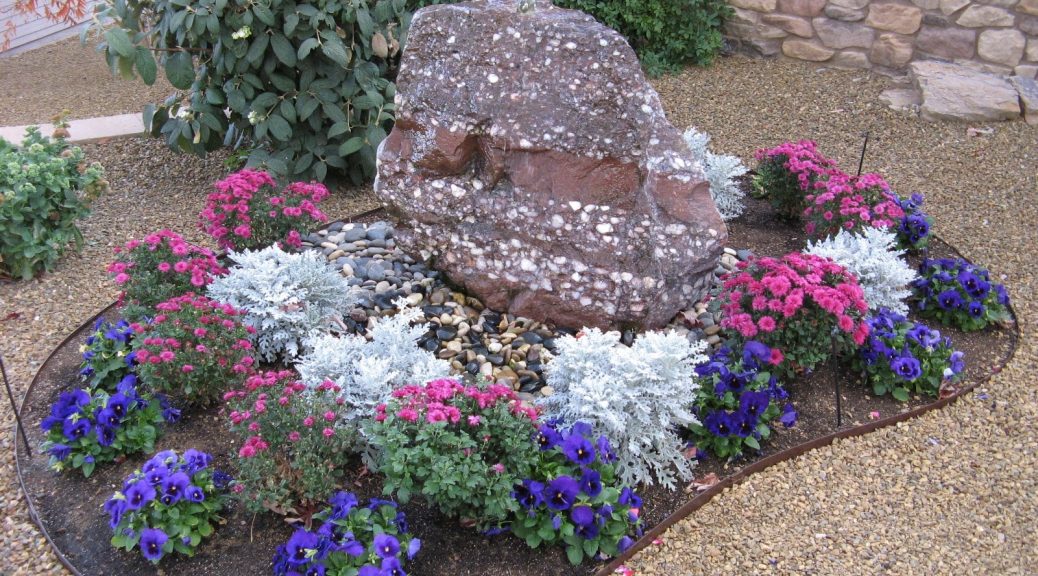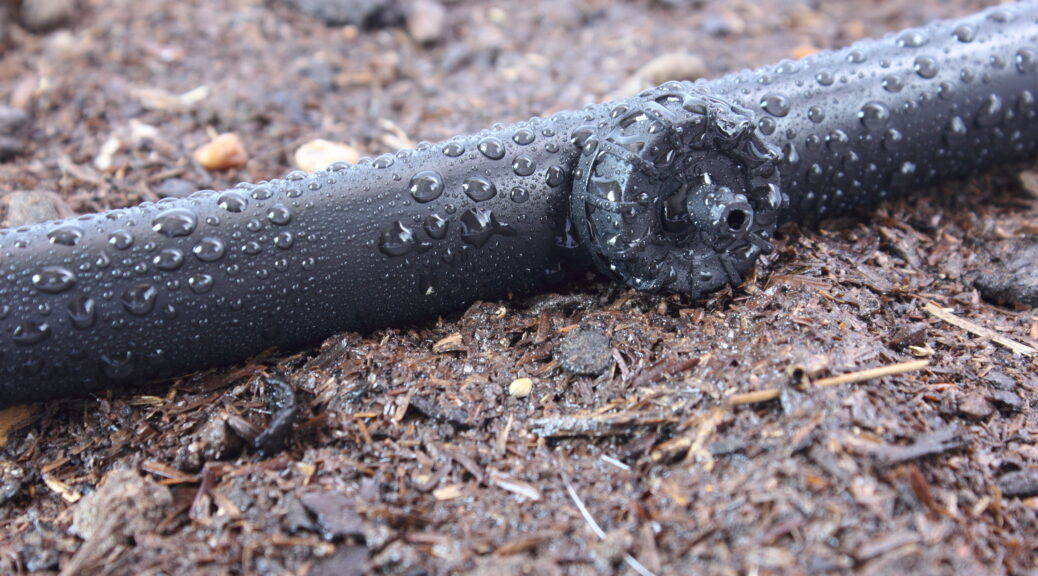Fall is the time of pumpkin spice lattes and piles of dried leaves! The amount of fallen pine needles, debris and dead leaves in your yard can be unsettling for homeowners. Residents of central and northern Arizona know the debris and dead leaves need tended to every Fall season. Here are 8 tips to help you with organizing and cleaning up the appearance of your yard:
Trim and Clean
Trim any broken or dead tree branches in the yard to keep them looking fresh and neat. Trim bushes that do not tend to flower in the Spring to maintain a manicured look through the winter. If you have a busy schedule, we highly recommend a top-notch yard maintenance company such as Vicente Landscaping.
Preserve Airflow
Preserve Clean up fallen leaves and yard debris as soon as possible. Fallen leaves can block sunlight and trap moisture, which can cause mold to grow below. Clean up fallen leaves and yard debris as soon as possible. Fallen leaves can block sunlight and trap moisture, which can cause mold to grow below.
Mow the Lawn
If you have grass in your yard, a regular mowing schedule can help. Due to the weather transition, grass can get rough and become dead at the edges. Also, consistently raking fallen leaves can help prevent soggy and decaying grass for the Spring.
Water your Plants
Due to the continual change in temperature from fall to winter, it is important to monitor the moisture level of the soil in your yard.
Take Care of the Vegetable Garden
If you have a vegetable garden at your house, it is time to remove the final harvest and clean out the old growth for the upcoming season. You can also add a layer of compost in the Fall season so that the soil will be ready for next year’s planting.
Clean out the Gutters
Not all Fall clean-up is for the yard. This is the perfect time to clear debris like pine needles, gravel, and fallen leaves from your gutter system. Take out as much waste as possible and clear the rest with the help of a hose.
Rake out the Mulch
Fallen leaves are the number one reason behind grass suffocation. Create mulch by raking up fallen leaves and shredding them. The leaf mulch can also be used in the beds to help protect your garden for the upcoming Winter.
Keep Cold-sensitive Plants Safe
Due to the unpredictable weather of central and northern Arizona, you must protect the cold-sensitive plants in your garden. Add leaves and pine mulch to the base of the plants and wrap a cloth barrier to prevent sensitive plants from freezing. You may also move these plants indoors for the winter. To avoid this step, plant only plants that are suitable for our zone 7 region.
Find more tips on our blog at www.VicenteLandscaping.com




